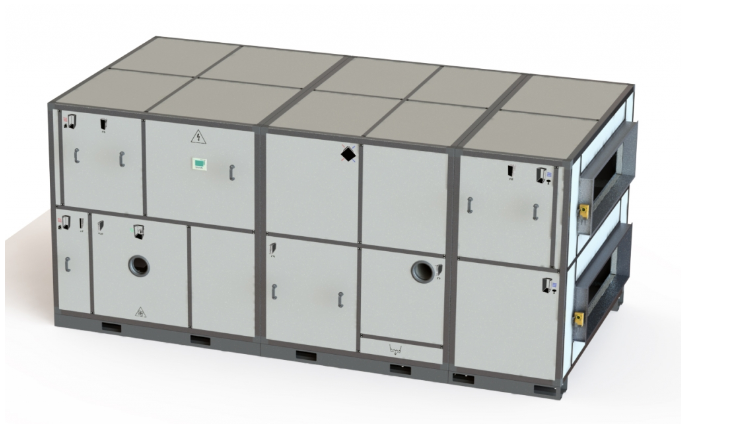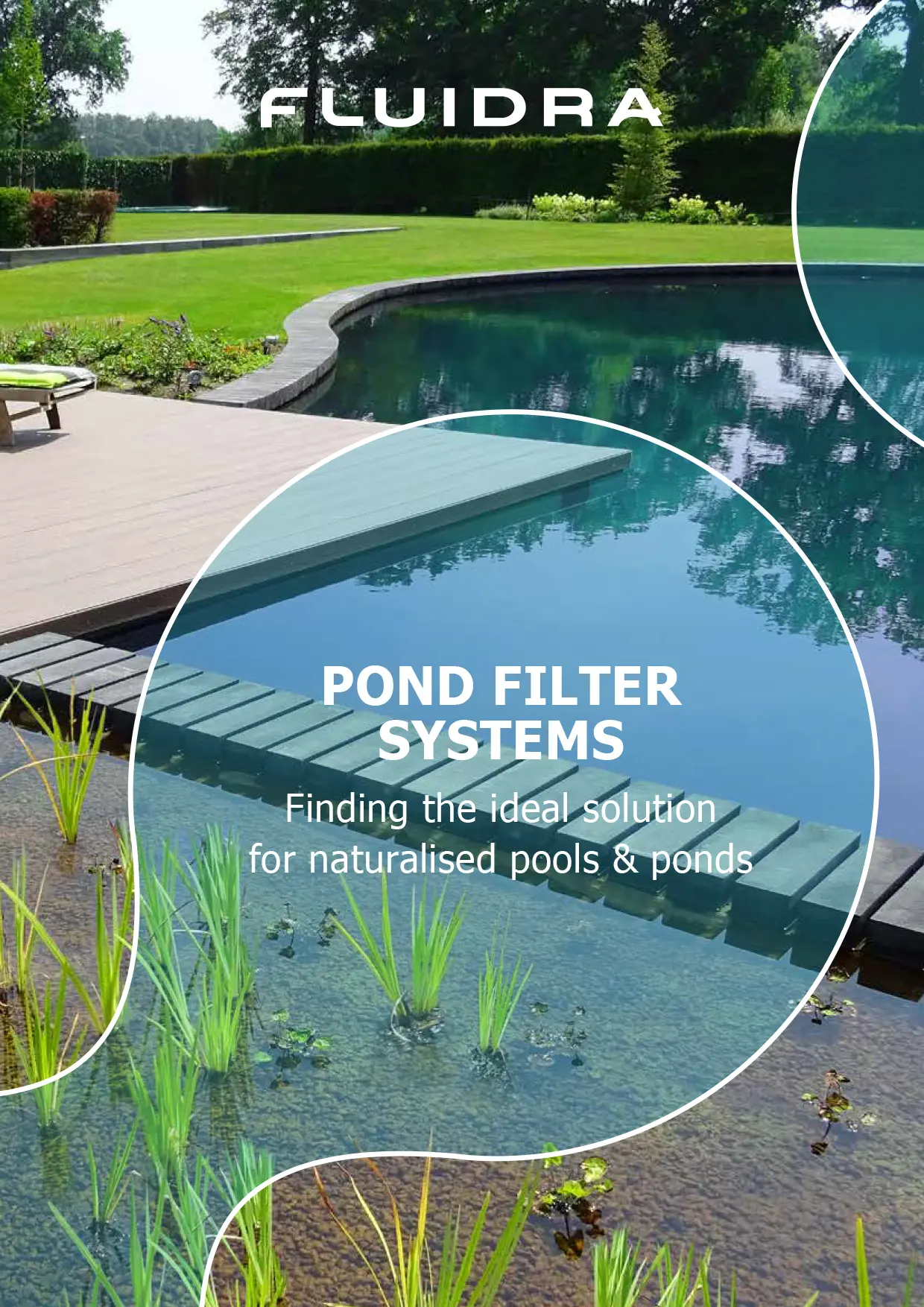
An indoor swimming pool is a wonderful leisure and exercise environment. However, evaporation from the surface of the heated water poses some issues to deal with. Humid air can lead to mould ,structural damage, corrosion and faster deterioration, alongside an uncomfortable environment for pool users. Therefore, a dehumidifier is an essential piece of kit, not only to control these issues but to meet national regulations like the Spanish ones.
High humidity causes discomfort unless the environment is controlled. Generally, humidity should be in the range of 55-65% as in combination with high ambient temperatures, this may cause a very unpleasant feeling of suffocating heat. Besides, these conditions also constitute a serious risk to the health of guests and pool staff, as moist air creates the perfect breeding ground for pathogenic germs and bacteria, such as Legionella.
Also, when a pool is uncovered, evaporation is inevitable and intensified, leading to excess humidity in the air too. Pool covers are an ideal help to avoid this phenomenon.
This is why it is essential to control humidity in indoor facilities. Traditionally, this was achieved with wasteful and expensive extraction and ventilation systems. But nowadays, operators have way more innovative and efficient solutions to maintain optimal conditions with the use of dehumidifiers.
A dehumidifier provides significant savings and efficiency gains. With a pool dehumidifier, the heat is recovered in the heat pump circuit and added directly to the air supply. Via this technology, operators can make significant savings on energy consumption.
Certain models of dehumidifier have been specially developed for use in swimming pools, and work much more efficiently than ventilation. Dehumidifiers are available in different capacities and models, and offer a suitable solution for every pool, providing savings of up to 60% when compared to conventional outside air and exhaust systems.
The process of dehumidification involves moisture-laden air being drawn into a dehumidifier where it passes across a refrigerated coil. The air is rapidly cooled below its dew point, condensing the water vapour and recovering its latent heat for re-use. The cooled air is then passed across the condenser where it is reheated and returned to the served area at the required lower relative humidity.

In addition, air treatment can further ensure the pool as a safe and healthy environment. Fluidra offers dehumidification systems with built-in UV light to disinfect the air. This technology removes all possible pathogens from the atmosphere, including coronavirus and Legionella. Let’s look closer at these systems.
With Fluidra dehumidifiers you can control all the parameters of an aquatic facility: humidity, air temperature, water temperature, CO2 and air renewal. Ideal for installations in hotel & resort pools, wellness spas, public pools and sports complexes.
Fluidra’s new air disinfection system with UV light enhances the safety of any facility. Plus, there is also the option to retrofit – Airpool Reno UV can be easily fitted in existing facilities, both in terms of size and flow rate requirements.

Alternatively, the new high-performance Airpool+ dehumidifier features cooling circuit components that are distributed in order to recover heat. In other words, the dehumidified air is reused by a recuperator, which significantly increases performance. The energy savings achieved make it virtually essential to any indoor aquatic installation.
This free cooling system serves a dual purpose. The first is its capacity for renewing air so that users breathe the best quality air. The second is to leverage outdoor conditions for dehumidifying, thus reducing the unit’s energy consumption.
The unit also features a hot water battery and three-way valve that is regulated depending on the return temperature, which compensates for heat losses. Operators can set the unit to only work at peak times. For example, in night mode, you can dehumidify but not regulate air quality as pool users are not present – so you’ll be saving on energy consumption.
The Airpool+ dehumidifier features five modes that adjusts the conditions of an indoor pool to those desired by the operator:
- Mode 1. RECIRCULATION
- Mode 2. ALPHA CYCLE
- Mode 3. OUTDOOR AIR
- Mode 4. ALPHA CYCLE + OUTDOOR AIR
- Mode 5. COOLING
The inclusion of a dehumidifier in your aquatic facility will provide important benefits for both management and user experience. These units are suitable for a wide range of swimming pool sectors. Summing up, they offer the following benefits:
- Adaptable to any space.
- Suitable for UV light disinfection treatment.
- Clean the air of any potential pathogens to ensure a safe environment.
- Create an atmosphere with just the right humidity point.
- Helps to maintain the right indoor temperature.
Lastly, with a pool dehumidifier, heat is recovered in the heat pump circuit that is added directly to the supply air. Through this technology, pool managers benefit from significant savings in energy consumption. And besides, with smart controls, pool dehumidification is possible to fine-tune and automate these processes adapted to pool parameters with greater precision than ever before.

